Reply To: Integrating FOSIL with MYP ATLs
Home › Forums › Skills, skills frameworks and stages in the FOSIL Cycle › Integrating FOSIL with MYP ATLs › Reply To: Integrating FOSIL with MYP ATLs
I’ve just finished mapping the ATL skills against the standards and indicators from the Empire State Information Fluency Continuum (the root of FOSIL), and have shared this on the attached spreadsheet. Darryl is in the process of pulling all this into the mind mapping software we use and will share the more visual version (and the insights it gives) at some point in the next few days. The indicators are effectively categories that describe a line of skill development, while those lines of skill development within each indicator describe how the students’ competence should develop as they move up the school. For example, from Darryl’s example above on citing and referencing, the indicator is Express: Academic integrity (from Anchor Standard 1.1: Information-fluent learners use an inquiry process to connect to prior experience and background knowledge, wonder and ask questions, investigate, construct new understanding, express learning, and reflect on the process and product of learning, which is the part of the Information Fluency Continuum from which all of FOSIL is drawn). In this indicator, the expression of the skill in the classroom develops from:
- Recognizes the difference between own drawing or creation and someone else’s drawing or creation
in Reception (Pre-K) all the way up to the triple skill set of
- Cites all sources used according to standard style formats
- Embeds citations to specific information, visuals, or sound when appropriate
- Ensures that all completed products are plagiarism–free and all visuals and sound are used within copyright provisions
in Year 13 (Grade 12).
I think looking at the ATLs against the indicators like this is much more powerful than looking at individual skills in isolation because there is a sense of progression within each indicator (have a look at the Continuum section of the ESIFC website to see the skill progression. This is also in the FOSIL Skills framework, but we were working with the previous version of the ESIFC when we set that up, so the indicators were not divided into the helpful subsections). The progression attempts to answer the questions “Where had this student come from before they started the MYP, and where will they be going afterwards?”. As a subject teacher it was always very important to me to understand this progression. Like many Science teachers, I was always less comfortable teaching my non-specialist subjects in Junior Science. Not because I couldn’t do Biology or Chemistry at that level, but because I wasn’t also teaching them beyond it, so didn’t have an insight into where that subject was going and what foundations I needed to lay for work higher up the school in the same way that I did for Physics.
You wouldn’t dream of setting out a subject-based syllabus along the lines of e.g. (for Physics) “Develop your understanding of Forces over three/five years, from Novice to Expert level”. You would give some thought to what that might look like in practice, and what students would need to learn at each stage. I think this is equally important with skills. It isn’t about having a discrete skill and deciding whether the student has mastered it yet or not, it is about looking at how to progress that skill at a developmentally appropriate rate. I don’t think any of us truly believe that at the end of even a 5 year MYP a student will be an ‘Expert’ in all the inquiry skills they will ever need, so what does expert really mean in this context?
It is, of course, easy to criticize an existing framework and I am aware that a lot of work must have gone into setting up the ATLs, but there are many reasons why I think the ESIFC, and by extension the FOSIL skills framework, is more helpful to teachers than the ATL skill list. This is why we have made the effort to map across the two. It is also worth reiterating (as Darryl said above) that, as far as the IB are concerned:
Schools can use this list [of ATL skills] to build their own frameworks for developing students who are empowered as self-directed learners, and teachers in all subject groups can draw from these skills to identify approaches to learning that students will develop in MYP units.
MYP: From principles into practice (p. 64), emphasis added
As long as all the ATL categories and clusters (not the individual skills) are covered in a balanced way over the three/five years, IB schools do NOT have to use the specific 140 ATL skill list that the IB provide in an appendix to From principles into practice*. Our mapping shows that (with a very small handful of exceptions that I will explain in the next post) the full ESIFC (of which FOSIL is a significant part) covers all the individual ATL skills, and certainly all the categories and clusters. In terms of embedding skills progression in a meaningful way into the curriculum, it might actually make more sense for an individual school to use FOSIL (supported by the ESIFC) instead of that 140 ATL skill list. But even without taking that step, using them in tandem would still be a huge step forward.
[*Note, this is not just my opinion. Diane McKenzie, a very experienced teacher-librarian, library consultant, teacher trainer and IB workshop leader wrote this fascinating article about not getting too hung up on the ATL list in the FPiP appendix back in 2016.]


